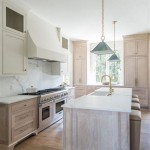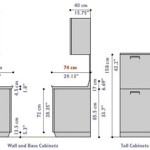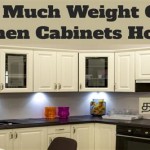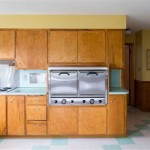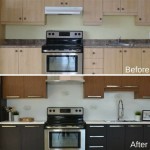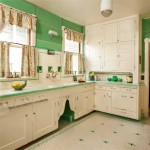Essential Aspects of Kitchen Unit Cornice Profiles
Noun
Kitchen unit cornice profiles are intricate moldings that add decorative flair and functionality to the tops of kitchen cabinets. They conceal gaps between cabinets and ceilings, prevent dust accumulation, and enhance the overall aesthetic of the kitchen space. Understanding the essential aspects of cornice profiles is crucial for selecting the right design that complements your kitchen décor and meets your functional needs.
This article explores the essential aspects of kitchen unit cornice profiles, providing valuable insights into their design, materials, installation, and maintenance considerations.
Design Considerations
Cornice profiles come in a wide range of designs, from simple and understated to elaborate and ornate. When selecting a design, consider the architectural style of your kitchen, the existing cabinetry, and your personal preferences.
Popular cornice profile designs include:
- Cove: A gentle curve that creates a smooth transition between the cabinet top and the ceiling.
- Ogee: A double-curved profile with a concave section topped by a convex section.
- Crown: A more elaborate profile with a series of curves and angles, adding a grand and decorative touch.
Material Choices
Cornice profiles are commonly made from various materials, each with unique properties and aesthetic qualities.
Popular materials for cornice profiles include:
- Wood: Offers a natural and timeless look, but requires regular maintenance to prevent warping and damage.
- MDF (Medium-Density Fiberboard): A cost-effective alternative to wood, providing a smooth and paintable surface.
- PVC (Polyvinyl Chloride): A durable and moisture-resistant material, suitable for kitchens with high humidity.
Installation Considerations
Proper installation is essential for the longevity and functionality of cornice profiles. They are typically attached to the tops of cabinets using nails, screws, or adhesive.
Installation considerations include:
- Measuring and cutting the profiles to fit the cabinet tops precisely.
- Ensuring the profiles are level and securely attached to prevent sagging.
- Filling any gaps between the profiles and cabinets with caulk or wood filler.
Maintenance Considerations
Regular maintenance helps preserve the appearance and functionality of cornice profiles.
Maintenance considerations include:
- Dusting or wiping down the profiles regularly to remove dust and debris.
- Inspecting the profiles for damage or loose connections and repairing them promptly.
- Applying a fresh coat of paint or stain as needed to maintain the desired finish.
Understanding the essential aspects of kitchen unit cornice profiles empowers you to make informed decisions that enhance the aesthetics and functionality of your kitchen space.

5g Vinyl Kitchen Cornice Mouldings

Solid Oak Cornices Pelmets L Kitchen Wood Cabinets

Solid Oak Cornices Pelmets L Kitchen Wood Cabinets

Mdf Mouldings Cornice Canopy Corbels Plinths Pelmets

Accessories And Extras To Match New Kitchen Cabinet Doors Homestyle

What Is Cornice Pelmet And Plinth In A Kitchen Kitchinsider

Common Kitchen Design Terminology Explained Bentons Kitchens

Accessories And Extras To Match New Kitchen Cabinet Doors Homestyle

Panels Accessories Kitchen Units Diy Kitchens

White Kitchens Large Crown Molding Google Search Kitchen Cabinet Soffit

